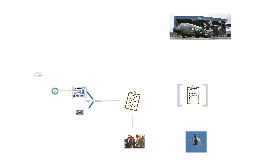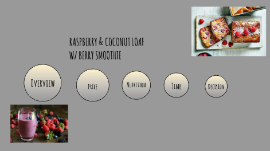FTE Presentation
Transcript: "I beg You to keep me in this silence so I may learn from it the word of Your peace and the word of Your mercy and the word of Your gentleness to the world: and that through me perhaps Your word of peace may make itself heard where it has not been possible for anyone to hear for a long time." -Thomas Merton, "Conjectures of a Guilty Bystander," 178. Creighton University Retreat Center Griswold, IA Redwoods Monastery Whitethorn, CA "Our lives demand breakthroughs; not every day, not every week, not every month, but once in a while we must break through and go beyond where we are. You have to build up all you have done and push through with it, and then you find that you are out of the woods in a new clearing, you are somewhere else developing a new way." -Thomas Merton, Monastic Conference in Alaska, 1968 Healing Discernment Standing, Sitting, Kneeling: Contemplation, Discernment & Healing Villa Maria, PA Mother House Humility of Mary Sisters International Thomas Merton Society Meeting Contemplation 20 Feet From Stardom "We have to ask ourselves: Where do we look for openings? Where is the light coming from?" -Thomas Merton

















